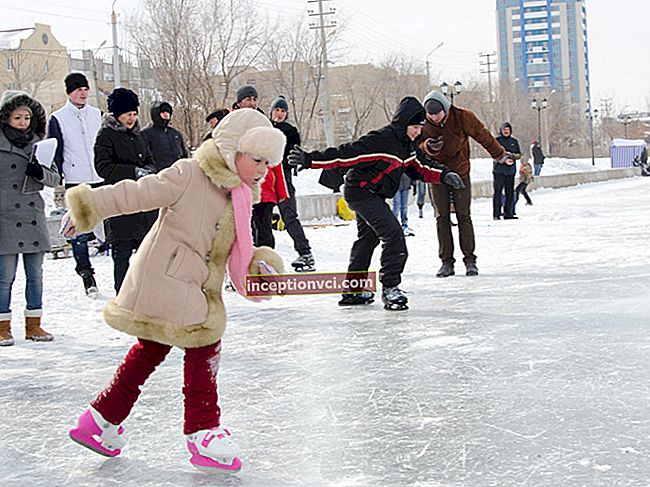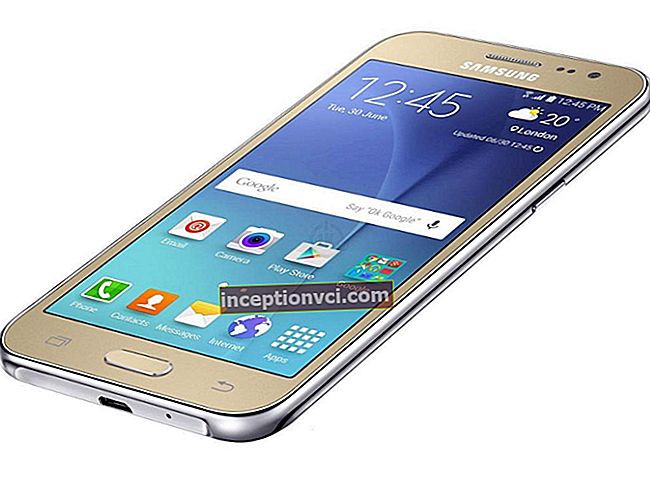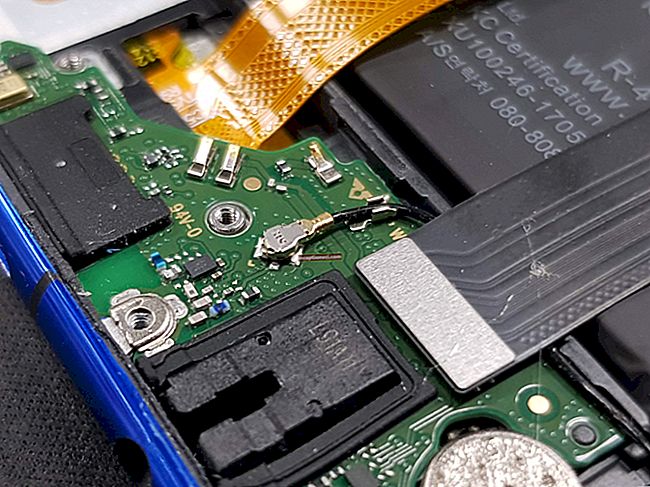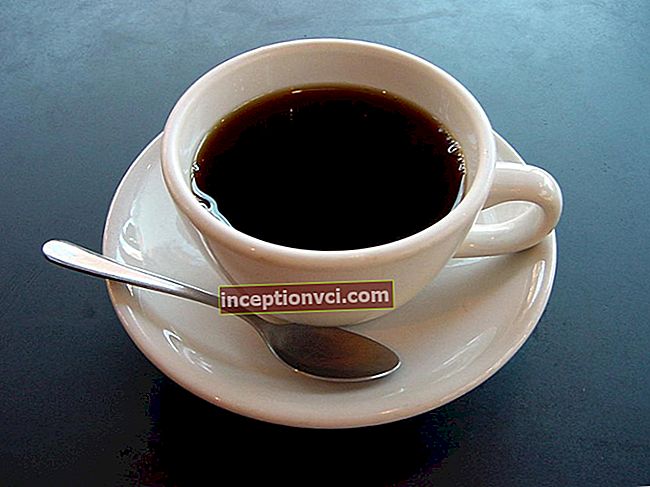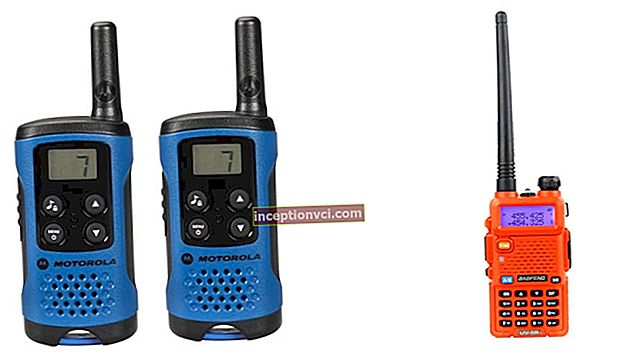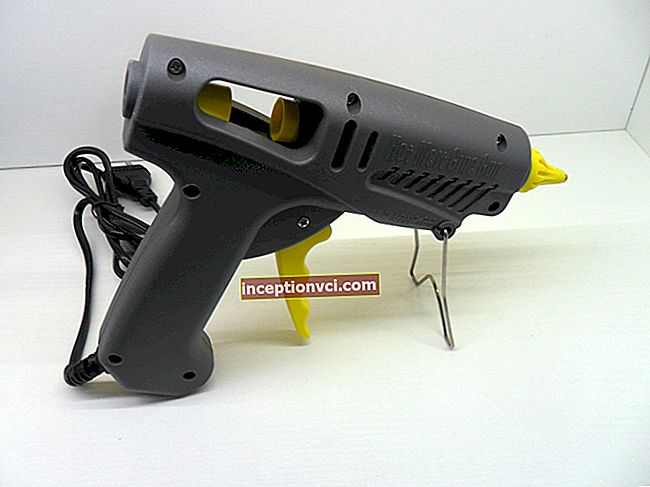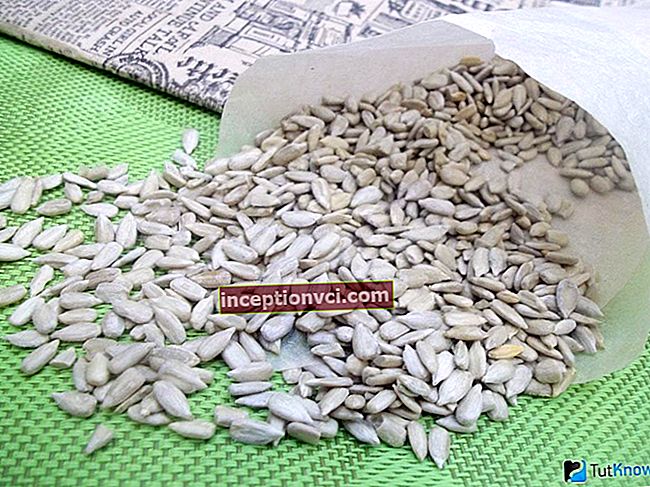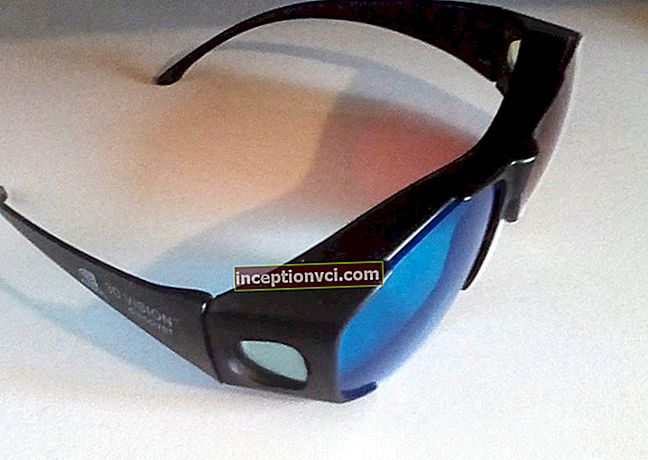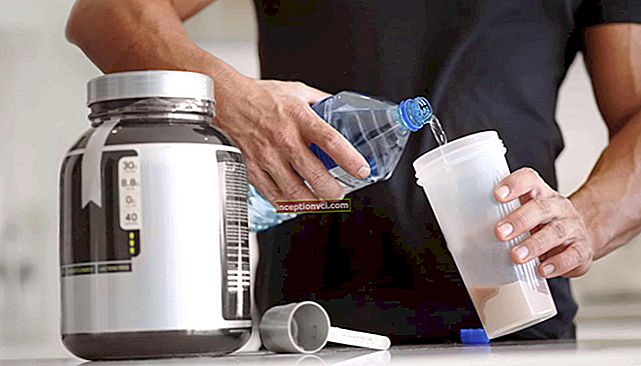Overheating your computer can cause it to malfunction. The critical nodes are the processor, power supply, and video card. If your video card is overheating, then the article below tells you what to do about it.

How to determine that the video card is heating up?
Overheating of the video card is indicated by a noticeable slowdown in games and graphics applications (for example, AutoCAD). Artifacts appear - stripes and squares, which were not there before during work. The computer is noisy and hotter than usual. This indicates a problem with the GPU cooling fan.
The exact method to determine the problem is to install a special program that will show the temperature of the video card. Such programs are not always included in the delivery of a video card. You can download the TechPowerUp GPU-Z utility, which will work for any graphics card. Install this program and run it. 30 ° -35 ° C is a normal temperature when there is no serious load on the video card. Under load, the card temperature should not exceed 80 ° C. If it is more, then this is an alarm bell and measures must be taken.
Why is the video card heated
The most common reason is the failure of the cooling system. Most often this happens due to dust that enters the housing, settles on the fan blades and clogs into the bearing. Sooner or later, the cooling efficiency drops. If the dust is not removed, the card may burn. And even if the video card works properly in office applications, problems begin with a slightly higher load.

Another reason is the illiterate overclocking of the video card. The frequencies are increased, the operating temperature rises, and the cooling system is left old. It's good if the video card has built-in functions for switching to standard frequencies, and sometimes would-be overlockers simply turn them off.
What to do if the video card is warming up
We take out the card from the computer and carefully clean it from dust. You can use a vacuum cleaner (blowing jet), but better with a brush so as not to damage it. After cleaning, put the card back and launch a demanding graphics application or game. If everything is in order, then the temperature will drop to acceptable (65 ° -75 ° C).

If the indicators have not improved or improved slightly and artifacts appear anyway with a heavy load on the chip, then you need to replace the thermal paste. Most likely, the old one has already dried up and needs to be removed after cleaning the surface. Then apply a new thermal paste on it with a thin layer. If this does not help, then you will have to change the cooling system of the video card. And this is a completely different story.
Interesting article: "How to overclock a video card and not" kill "it"
